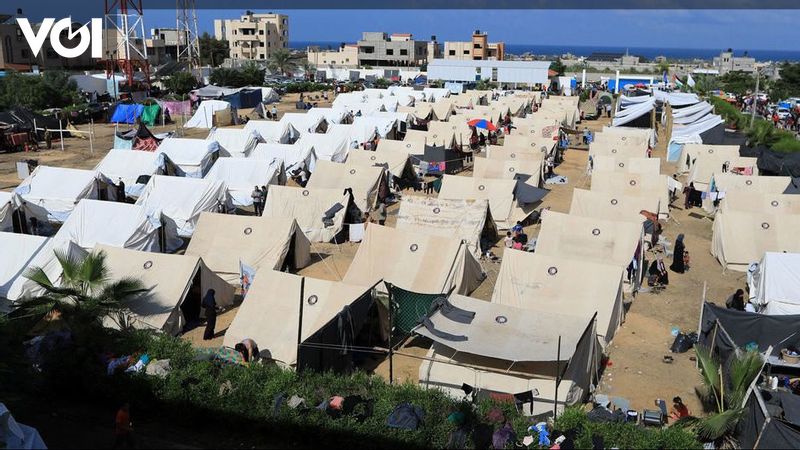Liputan6.com, Yellowknife – About 20,000 Canadians in Yellowknife are following evacuation orders by car and plane as the country struggles to prevent wildfires this week.
Water bombers flew low over Yellowknife as thick smoke blanketed the capital of the vast Northwest Territories.
Local authorities said the slow-moving fire was now 15 km (10 miles) northwest of the city and could reach the outskirts by Saturday August 19, 2023 if it does not rain, a reported Reuters (8/19/2023).
“Very difficult days ahead – with two days of northwest to west-northwest winds on Friday and Saturday, which will push the fire towards Yellowknife,” the territory’s firefighters said in a statement on Facebook .
In British Columbia’s Pacific province, which has seen unusually intense fires this year, authorities have warned residents to prepare for extreme fire conditions.
“This weather event will potentially be the most challenging 24 to 48 hour period of the summer from a fire service perspective,” Bushfire Services Director Cliff Chapman told reporters.
“We expect significant growth and we hope our resources will face challenges from north to south,” he continued.
In Yellowknife, hundreds of people lined up outside a local high school waiting to be taken to the airport for one of five evacuation flights scheduled for Thursday to the neighboring province of Alberta.
Prime Minister Justin Trudeau called a meeting of the Incident Response Group on Thursday to discuss the fires. The group is made up of senior civil servants and ministers and meets in times of crisis.
Defense Minister Bill Blair, speaking to the Canadian Broadcasting Corporation (CBC) after the meeting, said the federal government was closely monitoring the evacuation and was prepared to quickly transport residents if land routes were blocked. cut.
This is Canada’s worst fire season, with more than 1,000 active fires across the country, including 265 in the Northwest Territories. Experts say climate change has exacerbated the fire problem.
Drought has contributed to the number and intensity of fires this year, officials said, with high temperatures making the situation worse. Much of Canada experienced abnormally dry conditions.
In May 2016, a massive fire destroyed 10% of the buildings in Fort McMurray, an energy-producing city in northern Alberta, forcing the evacuation of 90,000 residents and shutting down production of more than a million barrels of oil per day.
In June 2021, 90% of buildings in the village of Lytton, British Columbia burned, one day after recording the hottest temperature in Canada.

“Professional communicator. General music practitioner. Passionate organizer. Evil twitter fan.”
:strip_icc():format(jpeg)/kly-media-production/medias/4542666/original/094350200_1692345496-AP23230013913545.jpg)





